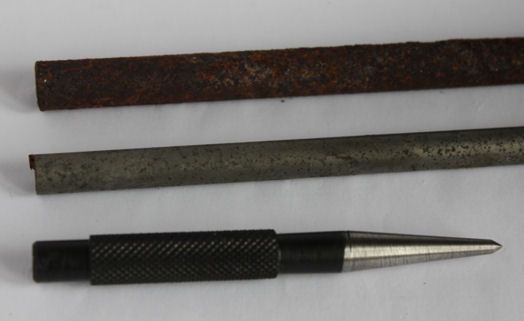Centre punch size
Centre punch size
- This topic has 8 replies, 6 voices, and was last updated 26 September 2011 at 10:53 by
Ian S C.
Viewing 9 posts - 1 through 9 (of 9 total)
Viewing 9 posts - 1 through 9 (of 9 total)
- Please log in to reply to this topic. Registering is free and easy using the links on the menu at the top of this page.
Latest Replies
Viewing 25 topics - 1 through 25 (of 25 total)
-
- Topic
- Voices
- Last Post
Viewing 25 topics - 1 through 25 (of 25 total)
Latest Issue
Newsletter Sign-up
Latest Replies
- Lady Stephanie
- Anyone know about wells and Victorian plumbing?
- Myford Super 7 restoration problem.
- Small horizontal mill – capabilities?
- Dodgy car parts a new low
- Stuart Twin Victoria (Princess Royal) Mill Engine
- Tensile Strength Machineability
- leftover gear oil uses?
- Some help with a Cowells speed controller needed.
- Drummond round bed





